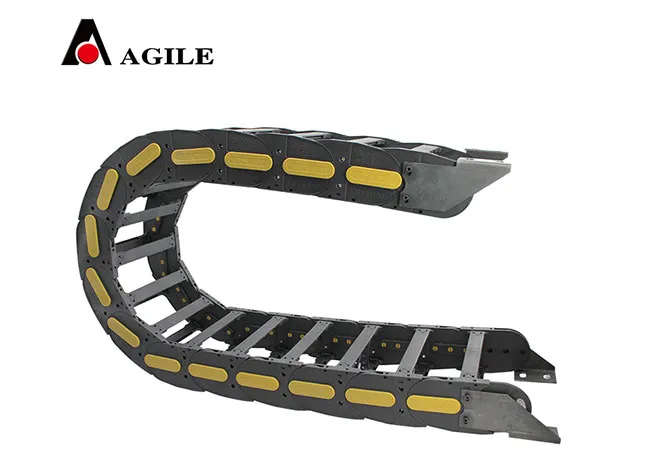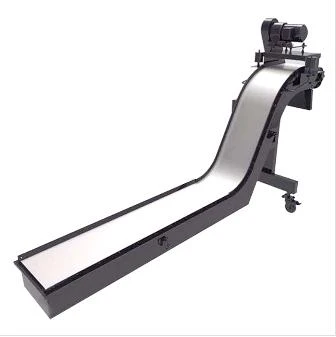10*15 mm MT small size mini nylon drag chain
In the intricate world of industrial automation and robotics, cable tracks stand out as indispensable components that assure the seamless operation of dynamic equipment. Known for their pivotal role in safeguarding and guiding cables and hoses, cable tracks, often referred to as drag chains, have become crucial for ensuring operational efficiency and longevity. Understanding their significance and application can immensely benefit businesses striving for precision and reliability.
Installing cable tracks, however, requires comprehensive expertise. A precise installation guarantees minimal stress on the cables, which is imperative for maintaining a consistent performance throughout the machinery's lifecycle. Additionally, periodic maintenance—like routine inspections for wear and tear—is critical. This proactive approach extends the life span of not only the cable tracks but also the entire setup they are a part of. Furthermore, emerging technologies offer innovative materials and smarter designs that enhance cable track usability and efficiency. Incorporating flexible designs, for instance, accommodates a wider array of movements, suitable for complex robotic systems. Integrating advanced materials improves resistance to environmental and operational stresses, which can be crucial for sectors requiring stringent safety and performance standards. The global shift towards automation underscores the increasing demand for highly reliable components such as cable tracks. They not only play a defensive role by protecting cables but also serve a strategic purpose in optimizing operations and maximizing output. Companies must remain informed about the latest trends and advancements in cable track technology to maintain a competitive edge and uphold their commitment to delivering quality results. Therefore, cable tracks should no longer be viewed as optional accessories in complex machinery systems but rather as vital contributors to the entire infrastructure. As industries continue to embrace automation, the importance of adopting robust cable track solutions will only intensify, paving the way for smarter, more efficient machinery that can meet the changing demands of modern manufacturing and industrial environments.


Installing cable tracks, however, requires comprehensive expertise. A precise installation guarantees minimal stress on the cables, which is imperative for maintaining a consistent performance throughout the machinery's lifecycle. Additionally, periodic maintenance—like routine inspections for wear and tear—is critical. This proactive approach extends the life span of not only the cable tracks but also the entire setup they are a part of. Furthermore, emerging technologies offer innovative materials and smarter designs that enhance cable track usability and efficiency. Incorporating flexible designs, for instance, accommodates a wider array of movements, suitable for complex robotic systems. Integrating advanced materials improves resistance to environmental and operational stresses, which can be crucial for sectors requiring stringent safety and performance standards. The global shift towards automation underscores the increasing demand for highly reliable components such as cable tracks. They not only play a defensive role by protecting cables but also serve a strategic purpose in optimizing operations and maximizing output. Companies must remain informed about the latest trends and advancements in cable track technology to maintain a competitive edge and uphold their commitment to delivering quality results. Therefore, cable tracks should no longer be viewed as optional accessories in complex machinery systems but rather as vital contributors to the entire infrastructure. As industries continue to embrace automation, the importance of adopting robust cable track solutions will only intensify, paving the way for smarter, more efficient machinery that can meet the changing demands of modern manufacturing and industrial environments.








